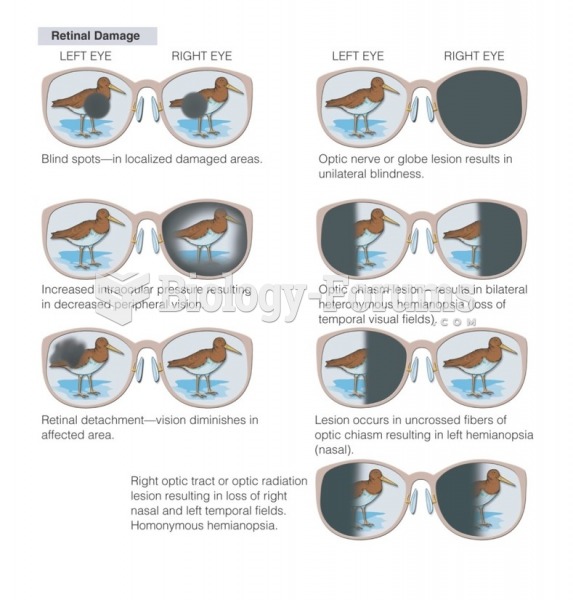Answer to Question 1
Correct Answer: 3
Rationale 1: That the client refrain from using this natural alternative is incorrect because it is the choice of the client to try a natural alternative.
Rationale 2: Placing aloe in the eye is incorrect because aloe should be put around the eyes, including the bridge of the nose and the outside of the eyelids and cheeks. The skin around the ears may also be treated.
Rationale 3: Aloe vera might be able to treat eye irritation and conjunctivitis in addition to many other disorders. One does not have to put aloe directly into the eyes to obtain its therapeutic effect. The benefit comes from treating areas around the eyes, including the bridge of the nose and the outside of the eyelids and cheeks. The skin around the ears may also be treated.
Rationale 4: Asking for a prescription for an anti-inflammatory medication instead is incorrect because aloe might be able to treat the eye irritation.
Global Rationale: Aloe vera might be able to treat eye irritation and conjunctivitis in addition to many other disorders. One does not have to put aloe directly into the eyes to obtain its therapeutic effect. The benefit comes from treating areas around the eyes, including the bridge of the nose and the outside of the eyelids and cheeks. The skin around the ears may also be treated. That the client refrain from using this natural alternative is incorrect because it is the choice of the client to try a natural alternative. Placing aloe in the eye is incorrect because aloe should be put around the eyes, including the bridge of the nose and the outside of the eyelids and cheeks. The skin around the ears may also be treated. Asking for a prescription for an anti-inflammatory medication instead is incorrect because aloe might be able to treat the eye irritation.
Answer to Question 2
Correct Answer: 3
Rationale 1: The maximum therapeutic effect takes 24 weeks.
Rationale 2: The maximum therapeutic effect takes 24 weeks.
Rationale 3: Treatment can require 24 weeks for maximum therapeutic effect.
Rationale 4: The maximum therapeutic effect takes 24 weeks.
Global Rationale: Treatment can require 24 weeks for maximum therapeutic effect. The other answer options are incorrect.







